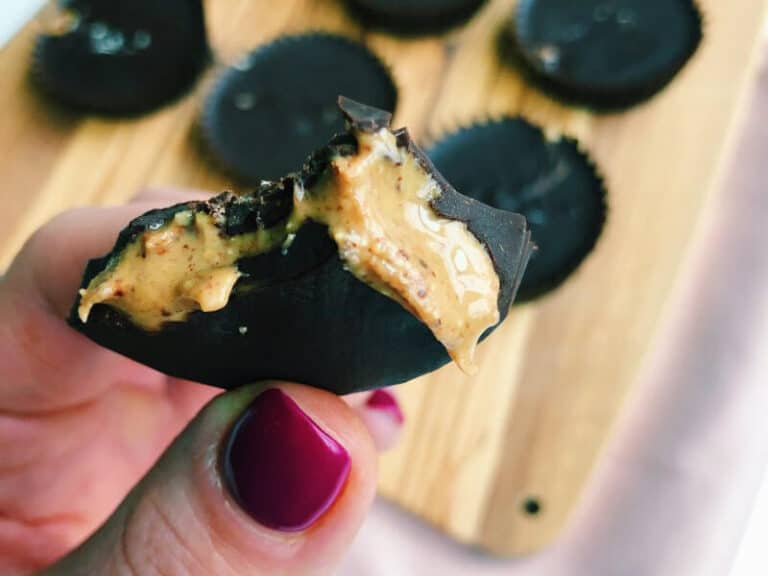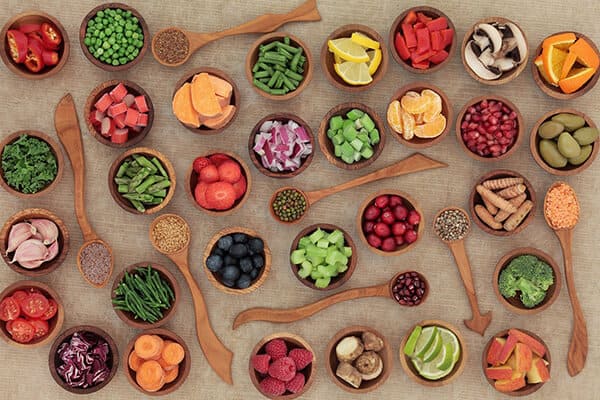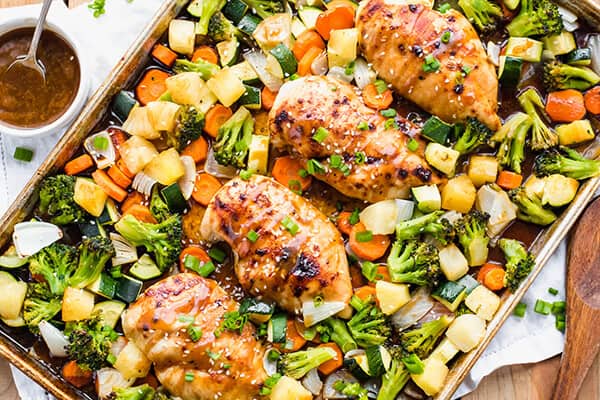Whole30 Allowed Foods
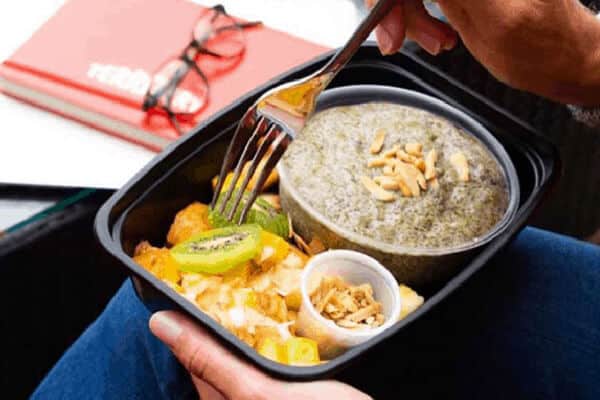
The Whole30 program is a 30-day program that encourages people to stay away from unhealthy and junk foods for 30 days. The program has a list of selected foods that you can eat for a 30-day period. According to the founders of this program, adhering to the rules of this program still will result in total “food freedom.”
You will also experience massive improvements in your overall health and wellbeing, including enhanced skin health, weight loss, relief from chronic pain, fewer migraines, and more. However, for you to enjoy the benefits of this program, you need to follow the rules to the core, and this includes knowing the Whole30 allowed foods and sticking to them for 30 days.
A Comprehensive List of Whole30 Allowed Foods
1- Whole30 Allowed Proteins

The Whole30 program allows for a wide variety of proteins. Every Whole 30 meal has different protein sources, ensuring your body gets all the protein it needs during the program. You have many options when it comes to protein, which means you do not have to eat a particular protein every day, which can be boring. Here is a list of Whole30 allowed proteins.
- Beef steak: The program allows for different kinds of beef steaks including sirloin steak, tri-tip, filet mignon, flank steak, etc.
- Eggs: In the Whole30 diet, eggs are not for breakfasts only. They come in handy as snacks, stir-fries, and salads. You can eat different types of eggs.
- Beef Chuck Roast: You can use beef chuck roast to make different delicacies.
- Ground chicken: While on this program, you need to limit your red meat consumption to protect your health, and you would need a great substitute such as ground chicken.
- Beef hot dogs.
- Chicken Breasts: You would also need to turn to chicken breasts for many great Whole30 meals.
- Whole Chicken: Whole chickens are also allowed in this program. It blends very well with other Whole30 compliant ingredients, and you can have them for breakfast, lunch, and dinner.
- Chicken sausage: chicken sausages are also allowed.
- Canned Tuna: You can eat canned tunas, and they come in handy when you want a quick and easy Whole30 meal.
- Tuna Fillets: Tuna Fillets are also safe to consume in this program.
- Salmon: Salmon is another great source of protein, and it is allowed in this program. This protein source is loaded with omega-3 fatty acids, which are great for the heart and skin.
- Canned Salmon: for a quick and easy meal, you can also use canned salmon to prepare your meals.
- Cod: Cod is a white fish that is known for having a high amount of protein. One serving of cod has 17g of protein with other vital nutrients and vitamins.
- Halibut: In the process of giving red meat, chicken, and pork a break, you can try halibuts, as they are a great protein source and Whole30 approved as well.
- Tilapia: This fish is not only tasty but highly nutritious.
- Scallops: You can also spice up your meals with scallops, as they are very tasty and nutritional.
- Shrimps: Seafood lovers can also continue with some of their favorite diets, including shrimps. There are also many amazing shrimp recipes out there that you can use to quench your cravings for Italian specials.
- Bacon: Bacon is one of the most popular protein sources on the Whole 30 program. However, the creators of this program recommend that you eat bacon in moderation.
- Pork Sausage: Since pork is allowed, pork sausage is also allowed in the program.
2- Whole 30 Allowed Veggies
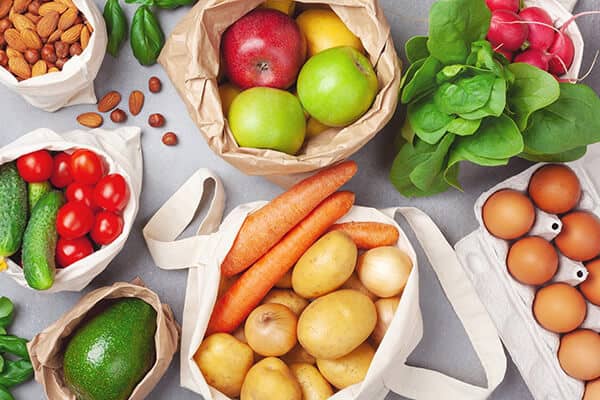
Vegetables would make a great part of your Whole 30 meals. The majority of Whole 30 recipes contain one form of veggies or the other. The Whole30 diet allows for all types of vegetables except peas, lima beans, and corn. The Whole30 allowed vegetables include:
- Broccoli: Broccoli is going to be a part of some of your meals during this program.
- Brussels Sprouts: Many Whole30 recipes contain this vegetable as one of the core ingredients.
- Asparagus
- Green beans
- Bok Choy: This is another great vegetable that should not be missing in most of your meals.
- Sugar Snap Peas: Sugar snap peas are also allowed in this program, and they contain many great things such as iron, vitamin c, folate, and potassium.
- Arugula
- Cabbage
- Tomatoes: Tomatoes are also needed when making some great Whole30 delicacies.
- Yellow squash
- Turnips
- Acorn squash: Acorn squash is a great carb source, making them a great substitute for legumes and grains. They are also highly nutritious. A single serve contains 30 carbs, 9g of fiber, and a lot of vitamin C.
- Kale and Celery: You can consume these veggies, as they are Whole30 approved. You would be needing them frequently for some Whole30 meals.
- Sweet Potatoes: Sweet potatoes are very important in this program. They serve as a substitute for legumes and grains, providing you with all the carbs you need for your daily activities. You can have sweet potatoes in different forms, whether boiled, fried, cooked, roasted, mesh, and more.
- Eggplant: Eggplants are also Whole30 approved.
- Butternut Squash.
- Bell Peppers: When it comes to being creative in the kitchen while making Whole30 meals, this would be one of your best ingredients. They come in handy in making quick breakfasts, giving your food a great taste and aroma.
- Shallots: Shallots also made it to the list not just to decorate your meal but to make it taste great and nutritious.
- Beets.
- Swiss Chard: Swiss chard contains a lot of calcium and vitamin K, and you would need plenty of them during this program.
- Cucumber: Cucumbers would come in handy in dressing up some of your meals. They provide a wide range of health benefits.
- Carrots: Carrots are also allowed, and these wonderful fruits are great for the eyes
- Cauliflower: Cauliflower used to be highly disliked and overlooked. However, that narrative has changed, as people begin to discover the amazing benefits it offers.
3- Whole30 Allowed Fruits
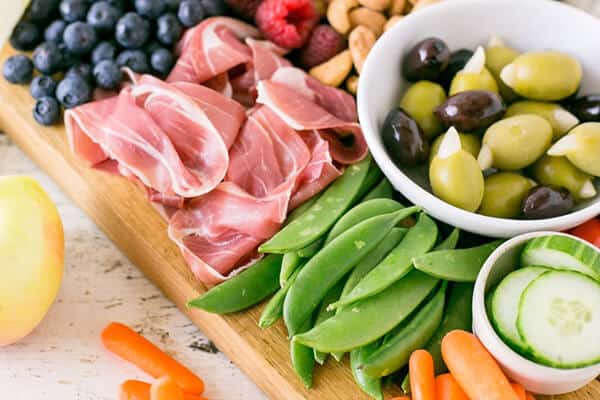
The Whole30 program also allows for a wide variety of fruits. However, the program does not encourage substituting meals for fruits. You have to take these fruits in moderation – more like mini-meals. You also want to ensure all carbs are paired with fat and protein. Here is a list of Whole30 allowed fruits:
- Apples: Apples are allowed, and you can take them as snacks. You can also mix them with Whole 30 approved nut butter such as cashew butter or sugar-free almond butter.
- Berries and Cherries: You can take all types of berries and cherries including raspberries, strawberries, blackberries, blueberries, cranberries, and more. You can be creative with these fruits and make something great for breakfast.
- Avocado: Avocados are allowed as well. You can use them to make meals or eat them as snacks.
- Dates: While you cannot take sugar or artificial sweeteners, you can use dates to satisfy your sugar cravings. They are very delicious and can serve as snacks.
- Bananas: You can eat plenty of bananas too. You would also need them to make some quick, delicious breakfasts.
- Apricots
- Grapes
- Figs: Figs contain plenty of vitamin K, vitamin C, vitamin A, magnesium, and more. They make a great addition to salads.
- Plum: If you can lay your hands on this fruit, you can eat it without any restraint.
- Pomegranate
- Mango
- Kiwi: Kiwi is an exceptional fruit salad, and you should make it part of your diet during this program.
- Pineapple
- Peaches
4- Whole30 Allowed Herbs and Spices
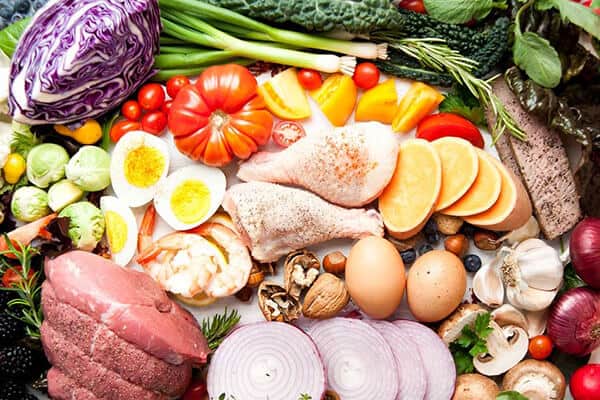
To make sure your food is not boring; here is a list of Whole30-compliant spices and herbs that you can add to your meals.
- Oregano
- Basil
- Pepper: This program allows different types of pepper – both fresh and dried.
- Salt: You need sea salt or iodized salt to add taste to most of your meals.
- Cumin: Great seasoning that you can use to add spice to your food.
- Dill
- Chives: You would also need this for some of your Whole30 cuisines.
- Paprika
- Curry Powder
- Sage
- Rosemary
- Wasabi powder
- Parsley
- Lemongrass
- Mustard powder
- Garlic
- Ginger
5- Whole30 Approved Fats
You cannot run away from cooked meals during the Whole30 program, which means you would be doing a lot of cooking. Here are the healthy, whole30-approved fats you can use:
- Avocado oil
- Olive oil
- Coconut oil
- Clarified butter
- Almonds
- Sesame oil
- Ghee
- Walnuts
- Almond butter
- Lard
- Pine nuts
- Flax seeds
Wrapping Up
The Whole30 program is not an easy one. The journey is a pretty tough one, and you have to prepare your body and mind for it. The best and only way to conquer is adequate preparation. You need to plan for the program and get everything you need in place before you start.
The first place to start from is what you will eat. You need to know the kind of food you will eat for the 30-day period. This means you need to get a list of Whole30 allowed foods, like the one in this article. You also need to know the list of foods you should avoid for the duration of the program. You need to draft a food time every week and stick to your plans when you create them.

